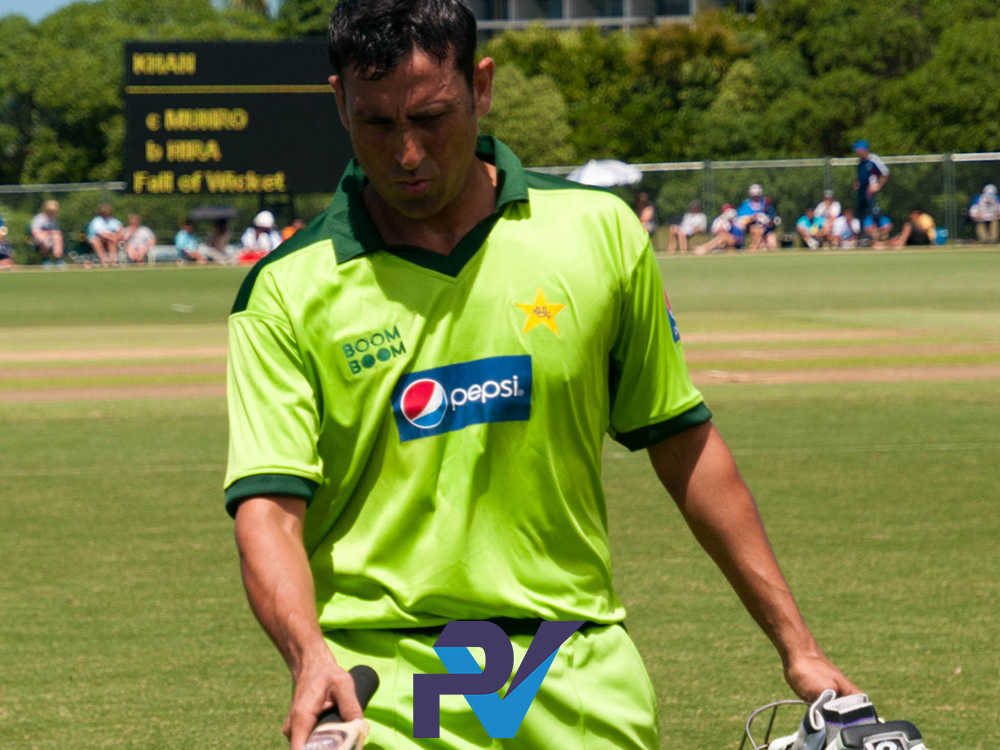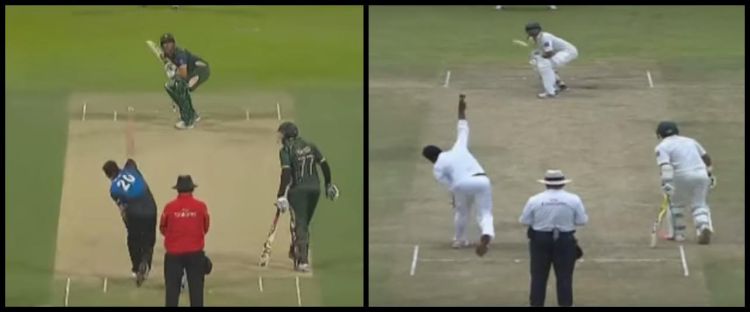Younis Khan's Simple Backlift Change That Gets More Runs
 This is a guest article from Waqas Zafar: video analyst, cricket enthusiast and computer scienctist based in Lahore. Read more of his work by clicking here.
This is a guest article from Waqas Zafar: video analyst, cricket enthusiast and computer scienctist based in Lahore. Read more of his work by clicking here.
One day, when I was watching Younis Khan bat against Adam Milne, I noticed something different in his batting.
It was when Milne had set up Younis beautifully with a two card trick: The bowler pushed the batsman back with a bouncer and then floated fuller, trying to pin him in his crease. It works because batsmen is unsure about getting forward and holds back.
Milne did the same thing but the nick was spilled by Ross Taylor at first slip. It was a very wide delivery outside off stump that could have been left alone. Younis was - as this was limited overs - keen to attack here and score quickly.
Sequence of movements
With Khan, first there is a movement from his back foot, going slightly across.
Then comes "planting" his front foot right across the stumps, widely spreading his feet and dropping very low.
Now for a forward defence, there will be a very short step to get himself into position and to defend it with the bat at 45 degrees.
As the initial movement from his feet is completed, he starts picking his bat up as the bowler's arm is coming over.
I compared the images of him batting against Adam Milne (on the left) and Angelo Mathews (on the right).
One is seriously quick and the other is a gentle medium pace bowler.
Against Milne, I saw that after the pre-delivery movement was completed, he quickly picked his bat up.
Look how far is the bat up at ball release.

Against Mathews, the bat is low at ball release.
That change was rather instinctive, but is it right?
For me, this method works technically. The important thing is to operate in straight lines, which YK does. Then it is a matter of finding the right rhythm of the down swing. If that requires a change in height of the backlift to compensate for more speed then it is acceptable and not a flaw.
However, if this happens and the batsman loses rhythm and timing, it is an issue and needs corrective drills. This is where the coach can get to work with the player in nets to iron out the problem. However, it is always done on a case by case basis.
This is a guest article from Waqas Zafar: video analyst, cricket enthusiast and computer scienctist based in Lahore. Read more of his work by clicking here.
- Login to post comments


Comments
Good point